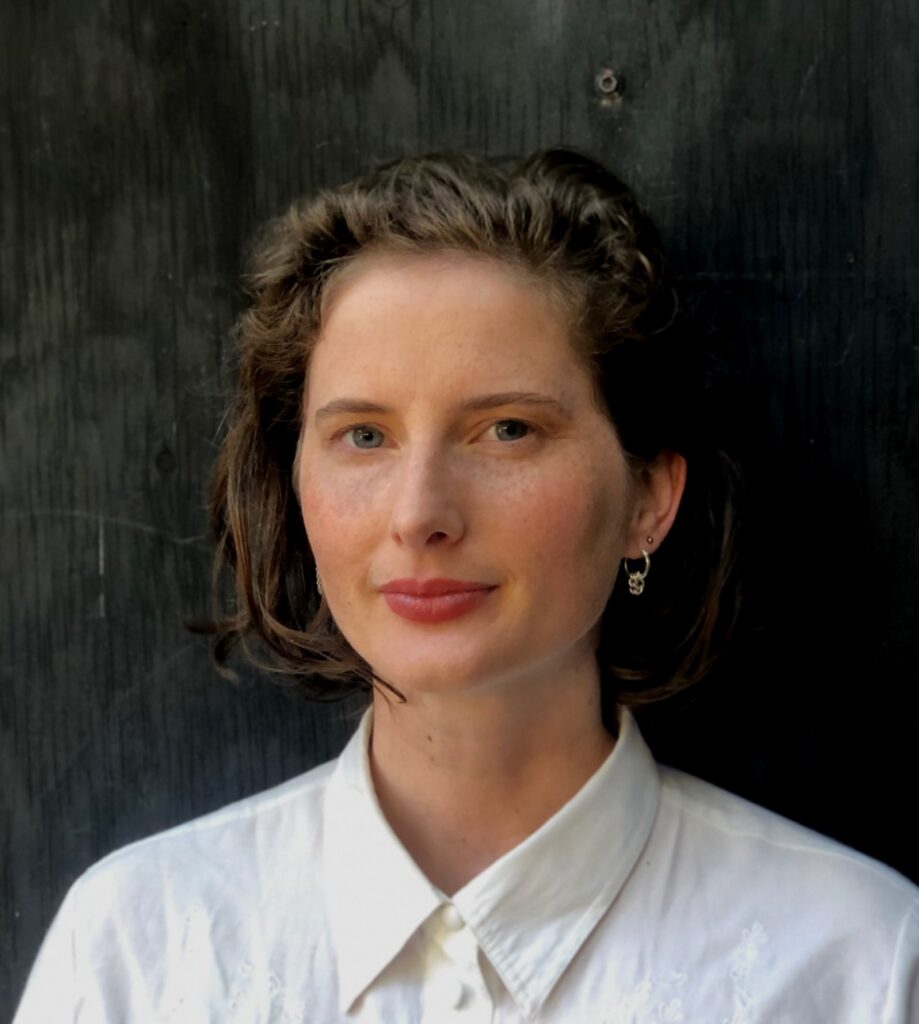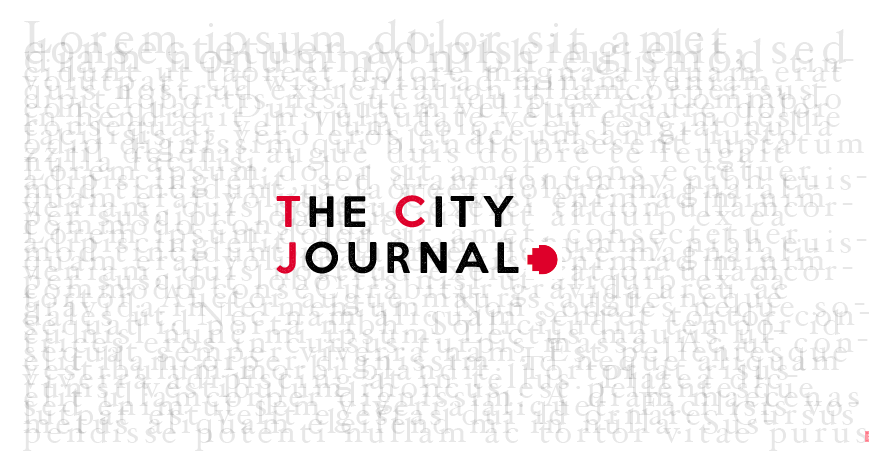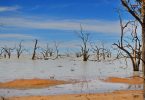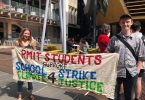I saw Lyndal Rowlands, senior producer at Al-Jazeera and freelance journalist, speak at a Melbourne Press Club event during my first week as a journalism student. I remember her collected demeanour while she spoke softly about the vexing issues of climate change and the busy work of journalism.
As an aspiring journalist, I was intrigued by her career shift into the industry at 29. As a more or less informed person, I knew that the earth is warming at an alarming rate, that the ice caps are melting, and that it’s caused by many reasons, from fossil fuels to overconsumption. I was ready to do journalism on big topics with big problems, following the steps of journalists before me.

What Lyndal Rowlands does, though, is tell smaller stories within these big issues. She has produced stories about a Seaweed Appreciation Society working to preserve Tasmania’s endangered giant kelp forest and podcasts about how the Australian government invests a lot of money to frack the Outback. I didn’t know that reading about climate change didn’t have to be completely anxiety-inducing and that complex stories and issues aren’t always what they seem.
I had the opportunity to talk to her on an ‘unusually’ warm autumn day in Melbourne. We discussed the problems she encounters in environmental journalism and why we should keep reporting on things that matter.
It all starts two hours from Melbourne, Traralgon, in the La Trobe Valley. Lyndal Rowlands grew up in the town adjacent to the biggest power station in Victoria, the Loy Yang power station. It generates approximately 30% of Victoria’s power and is also known to be the “dirtiest” coal plant in Australia, as the single highest greenhouse gas emitting facility in the whole country
“Some of my earliest memories are of my dad having asthma attacks and my little sister having asthma attacks. And yet, the kind of information we had back then didn’t say there was any link to pollution,” Rowlands told me.
Health workers have protested the Loy Yang pollution in recent years; however, climate change is still happening, and the urgency to combat global warming is deepening. While this story hits home for Rowlands, she has branched out to find more stories like hers, which paints a corner of the bigger picture of climate change. However, to find these stories, she needed to dig deeper into why these stories weren’t being told in the first place.
“The amount of money that’s been invested in public relations to create an alternative story about the fossil fuel industry is much more than has been invested in journalism. We often work with limited resources, whilst fossil fuel companies have big PR companies and buy newspaper advertising.”
According to the Australian Center for Corporate Responsibility, fossil fuel companies spend around $200 million each year on advertising in Australia. “It’s just that that huge amount of money invested in just telling us that we don’t need to act on climate change, we can wait, we can wait, we can wait. And then you know, maybe the disinformation changes into ‘Oh, it’s too late. It’s too late.’ Now, it’s not worth acting because it’s too late. So, it’s like we talked for 30 years, don’t worry, don’t do anything. And then, it’s too late to act.”
I felt myself tense up as I thought about the first time I had heard her speak about environmental journalism. I had gone through the same script in my head about climate change: the acknowledgement of global warming, a big sigh, and moving on, thinking that the status quo could not be changed. I knew not to believe people when they say that climate change isn’t real, but I never thought to think about whether my exhaustion of the topic was manufactured.
“One way to approach it is to look at the huge influence of disinformation. I feel people are also feeling a little bit frozen on climate change because it induces a lot of anxiety. If you really become aware of what’s happening, then, sometimes what happens is people sort of go through a process where they feel very anxious and are not sure what to do. And then they might come through that.”
In an article in the Jacobin, Rowlands discusses groups like Original Power that were organized in Borroloola in the Northern Territory to create renewable energy projects for and by Indigenous people to achieve both self-determination and a better environment. While the Borroloola community still relies on diesel generators, Rowlands says they are still fighting to protect their land and water.
“You then start to think, okay, I’m going to do something, but you sort of have to go through that process of grieving and mourning first. So, I guess that made me think that, yes, we can do the hard-hitting investigative journalism, but people also need stories. We need to also look at the emotional sides of things.”
In First Eat, Rowlands worked on the story about the politics of food through an Indigenous lens. An exploration of history, culture, and politics through food and conversations by and told by First Nations people. It’s a story that feels like something you hear from your friend. The call on your way home when your friend tells you about that exciting or scary thing that happened and makes you think about the place you take up in the world.
Not all stories are about hope, and not all have solutions to our problems. But hearing these stories shows us that we are not alone in the world. I think Lyndal Rowlands does this. Her stories make us, the reader or listener, feel a little less alone and a little more connected to the world around us.




